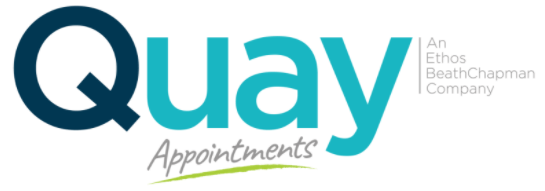Professional Dress Attire in the Office.
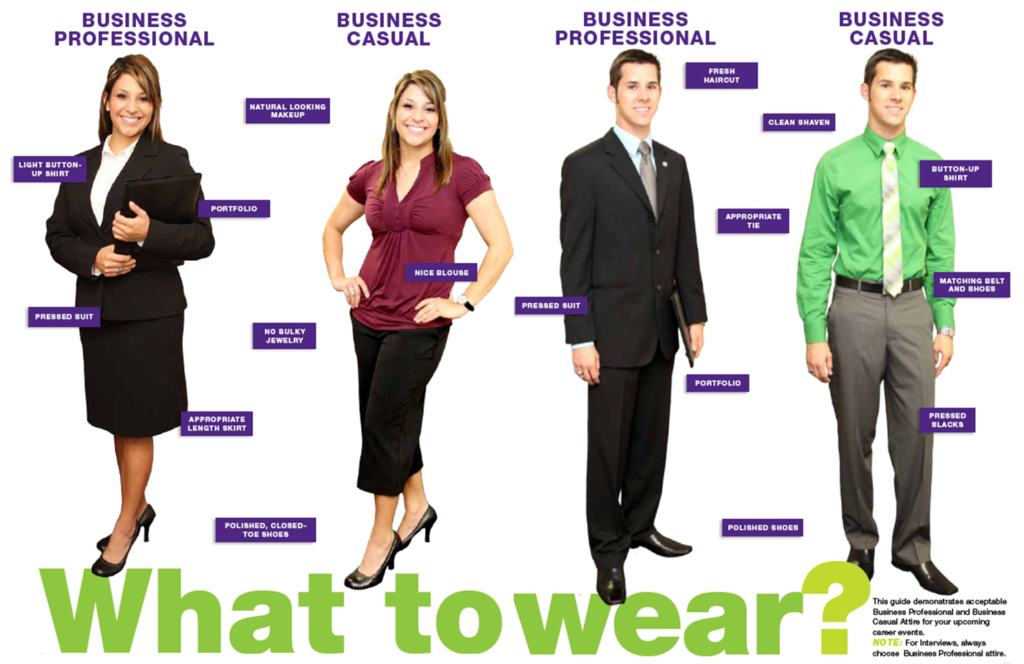
‘You never get a second chance to make a great first impression’
Dress better, work better?
A number of recent studies suggest that dressing up for work in a suit or blazer could do wonders for an employee’s productivity, whether going into a negotiation, making a sales call or even participating in a video conference with business associates.
Using a number of measures, including simulated business meetings at which subjects wore formal and more casual clothing, the studies offer indications that wearing smarter clothes may raise one’s confidence level, affect how others perceive the wearer, and in some cases even boost the level of one’s abstract thinking, the type in which leaders and executives engage.
So we know that dressing better may actually improve the performance and confidence of an employee. What are some other reasons to always present your best self at work?
Dressing in proper business attire is important for every business professional because it gives the message that you are dedicated to your position: Although this may sound cliché, it is true. If you were to walk into an office and see one person in torn jeans and a stained t-shirt and another person in a sleek business suit, you would assume that the one in the jeans does not care about their job.
You never know when you will be required to have a meeting with someone from outside the company: The way in which you present yourself will be the image that this outsider has of your company. Anytime you have a meeting with someone who is not from your company, you have to realise that you are representing the company. Most managers and owners would want this message to be professional. It actually could indirectly mean the difference between landing a new deal and being passed up for it.
You also have to take the company for which you work into consideration when you are planning your business wardrobe: There are many companies that are using business casual these days, so look around and see what the majority of your co-workers are wearing. Business casual is a term that can vary greatly from company to company. Although dressing professionally is important, it also is important to dress relative to your co-workers. What is acceptable at one company could be looked down upon at another.
The importance of a dress code for professionalism varies somewhat by industry. However, the correlation between the two is generally strong. Appearance ranked second only to communication skills when respondents named qualities most often associated with professionalism, according to a national poll conducted by the Centre for Professional Excellence at York College.
Matthew Randall, executive director of the CPE, said, “How an individual dresses for work can be a powerful extension of their personal brand. Clothes, accessories and even the footwear an employee chooses to wear help to reinforce or diminish there skills and qualities in the eyes of the employer, co-workers and clients.”
Although a one-size-fits-all or universal dress code may not be achievable or realistic, some universal guidelines are possible and could include the following:
Professional attire almost always means:
- Suits (with tie) for men, paired with a solid-coloured dress shirt
- Suits, trouser suits or dresses with a jacket for women
- Neutral colours and conservative footwear for all
- Clean grooming, ironed clothes and attention paid to detail
Business Casual – The key is to maintain a professional presence, even if you’re not in a suit or tie.
- From day one: Dress more formally, and observe your peers, which can help you decode your office. That said, even if dress is more casual, it may show ambition to dress it up a bit.
- For her: From tailored trousers to dresses (not more than an inch or two above the knee), women have options. Aim to keep footwear relatively conservative.
- For him: Smart trousers, a collared shirt and a belt are standard. Blazers, tailored sweaters and leather shoes work as well.
- For everyone: Avoid jeans until you’re certain they are acceptable which can range from Fridays-only to never. This is not an area in which to be a trailblazer. Trendier clothes may be ok, within reason, but take cues from others.
Some more tips to ensure you are always on top of your game when it comes to meeting the dress code of your employers;
- If you don’t know ask!
- If it’s business formal suit up
- Professional attire is just what it sounds like
- Let (a little) loose if dress code is business casual
- For fully casual, just about anything goes
- Creative offices usually mean you can have more fun with clothes
- However, even in the most casual or creative of offices, some articles of clothing or jewellery are never acceptable.
Dress like you own the bank…not like you need a loan from it
Click here and follow us on our Linkedin page

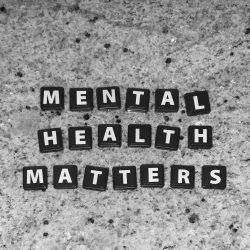


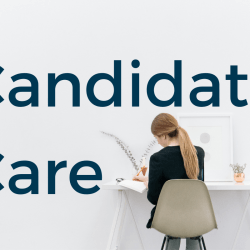
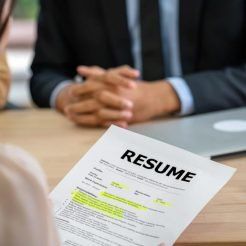

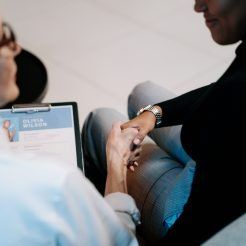

SERVICES
LOCATIONS
